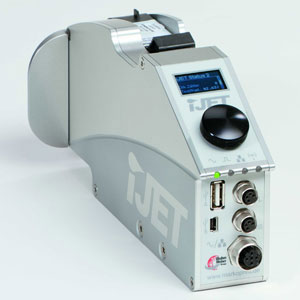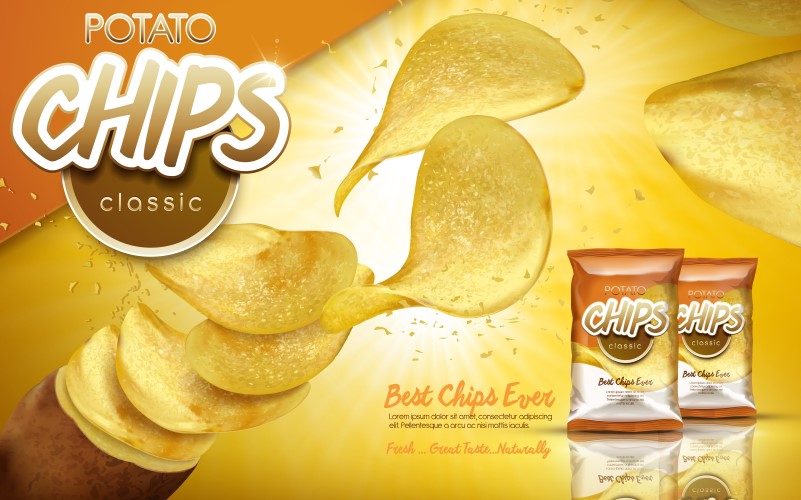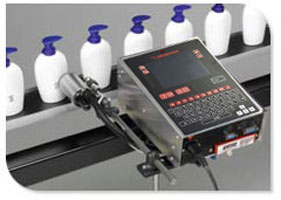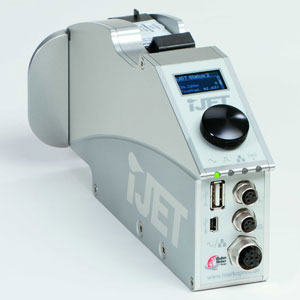 There are myriad options on the market when it comes to coding and marking of items but the device needs to suit the specific purpose and the items being marked or coded. To make an informed decision you need to understand some of the science behind the technology.
There are myriad options on the market when it comes to coding and marking of items but the device needs to suit the specific purpose and the items being marked or coded. To make an informed decision you need to understand some of the science behind the technology.
One such technology, thermal inkjet (TIJ), was originally considered an alternative to dot matrix printing but now can produce a high quality, high resolution finished print. The ink is housed in a sealed cartridge, similar to a desk top PC inkjet printer cartridge, and no contact is made with the item being printed. The “thermal” in the thermal inkjet means the ink is released from the nozzle using a heating element. Once the ink is heated it forms a bubble that pushes the ink out of the opening and onto the item being printed.
One advantage of the TIJ is that the ink is securely contained in the cartridge and there is no chance of the cartridge leaking. Also, because the ink and print head are housed in the same cartridge the entire ink delivery system and print head are brand new every time the cartridge is changed. This negates the need for costly ongoing system maintenance except for an occasional simple cleaning of the print head. TIJ systems have no pumps and no moving parts.
TIJ units have been ideal for printing on porous, paper surfaces for many years because the first inks used water as the primary drying agent. Today a TIJ unit that uses alcohol or other solvent is suitable for printing on a wide range of materials that include PVC, PET, blister foils and varnished coated cartons. Recent advances in both solvent ink and print heads technology are rapidly expanding the range of compatible materials that can be printed.
The print heads used in a thermal inkjet printer have 150 nozzles and provide a print resolution of up to 900 dots per inch. Print resolution can be adjusted downward if the highest resolution is not necessary for every printing task.
If you’re operating your business on a budget and want to keep printing costs in line, a TIJ print can be adjusted to minimize ink usage. This can be easily done by adjusting the print resolution, font size and font style.
Why are TIJ printers commonly chosen? Here are four reasons:
- Convenience – it requires only a quick change of the ink cartridge to have a new ink supply and a new print head.
- Cleanliness – because the ink is contained in the sealed cartridge there is no risk of spills or leaks.
- The comparative cost to purchase a TIJ system is considerably less than many other types of inkjets of similar capability.
- TIJ printing provides excellent clarity of print with its superb print resolution, and its rapidly growing ability to be used on various surfaces due to new ink developments offers great flexibility.
Foenix Printer Features The market is flooded with various models of ink jet printers across a wide range of technologies, brand names and ink types, which can make it challenging to discern what printer is the best for which application and environment. Many in the industrial and commercial marketplace are loyal to Foenix Coding Printers,...Continue reading→
Within the past year Griffin-Rutgers has noticed a dramatic rise in thermal inkjet coders over continuous inkjet (CIJ) within the food packaging industry for the variable information coding of its packaging. This is a result of the fact that thermal inkjet technology has seen huge advances in the recent years. In the past, the knock...Continue reading→
When it comes to selecting a printer to code or mark variable information onto your packaging or product, reliability is crucial. TIJ printers offer that reliability. They are simple and maintenance-free, making them the perfect fit for your coding and packaging needs.
Over the past decade, designers of TIJ (Thermal inkjet) printers have worked tirelessly to address the limiting factors of the technology. The latest generation of TIJ printers will outperform CIJ (continuous inkjet) in terms of cost of ownership and print quality in most coding applications. Despite the discernible shift to TIJ, there’s still some outdated...Continue reading→
Compared to the traditional printing processes used in the printing of packaging such as flexography and offset lithography, inkjet as a primary method of package printing is relatively new. It’s also an area of growth and opportunity that did not go unnoticed at Drupa 2016, as many vendors focused on packaging solutions using digital inkjet...Continue reading→
Impulse purchases of consumers are what causes snack companies to be in heavy competition, and capturing sales means making the most of their brands. Before that bag of chips ever gets to the shelf, and entire team of brand marketers are working to maximize the packaging artwork for marketing and promotional purposes. The last thing...Continue reading→
The Needham S-6000 series is a great alternative to CIJ (Continuous Ink Jet) due to its ease of use and simplified maintenance benefits.Continue reading→
Are you printing pouches, Tyvek lid stocks, sleeve, cut labels or garment tags? If you answered yes, then you just might need an Xxtreme/64 desk top system in your facility. These flat-product thermal transfer printer and feeding systems are ideal for use in many industries. When you’re talking with a printing professional from our office...Continue reading→
Rotech feeders are a great choice for industries that need to print on blister cards, bags, pouches, boxes and cases. Griffin Rutgers offers the Rotech RF1 and the Rotech RF Lite. Rotech’s RF1 friction feeder is a proven feeding system for medical packaging printing. It can handle a wide range of products from blister cards...Continue reading→
There are basically three types of inkjet printers, Thermal Inkjet (TIJ), Continuous Inkjet (CIJ) and Drop on Demand Inkjet (DOD), all with their own key benefits and solutions to specific needs. Understanding the differences between them will help you determine which is best for your printing job. Thermal Inkjet Printers (TIJ) This type of printer...Continue reading→
 There are myriad options on the market when it comes to coding and marking of items but the device needs to suit the specific purpose and the items being marked or coded. To make an informed decision you need to understand some of the science behind the technology.
There are myriad options on the market when it comes to coding and marking of items but the device needs to suit the specific purpose and the items being marked or coded. To make an informed decision you need to understand some of the science behind the technology.









